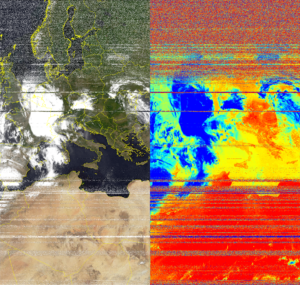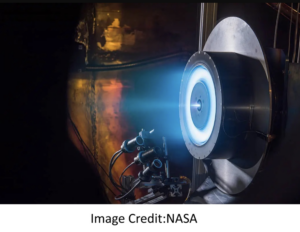
The Milky Way will have a more detailed map, thanks to all the informations that GAIA gathered in its six years of activity.
ESA’s GAIA space observatory was launched in 2013 and began its job in July 2014. Orbiting at 1.5 kilometers away from Earth, the 1$ billion spacecraft is capable to observe 100 thousands stars per minute (850 million per day), scannering the whole sky once every two months. GAIA does not only acquire details about the position of the cosmic objects, but also about their speed and direction.
On December 3, GAIA sent 1.3 terabytes of informations back to Earth, enabling the astronomers to create the most detailed map of the Milky Way, with the positions and motion of 1.8 billion cosmic objects.






